In today’s data-driven retail environment, understanding your customers is no longer a nicety but a necessity. This is where two powerful tools come into play: Customer Relationship Management (CRM) and Customer Data Platform (CDP). While both offer valuable functionalities and are often used interchangeably, they serve distinct purposes and cater to different aspects of the customer journey. As retailers navigate the digital frontier, comprehending the nuances between CDPs and CRMs becomes increasingly crucial. This blog post aims to shed light on the fundamental disparities, comparing CDP vs CRM, offering a comprehensive guide to help retailers make informed decisions about their customer-centric strategies.
By delving into the core functionalities of CDPs and CRMs, we will explore how these tools enhance customer experiences, optimize marketing efforts, and ultimately drive business success in the dynamic retail landscape. Join us as we unravel the mysteries behind CDPs vs CRM, empowering retailers with the knowledge to make strategic choices that resonate with the needs of their unique customer base.
What is a Customer Data Platform (CDP)?
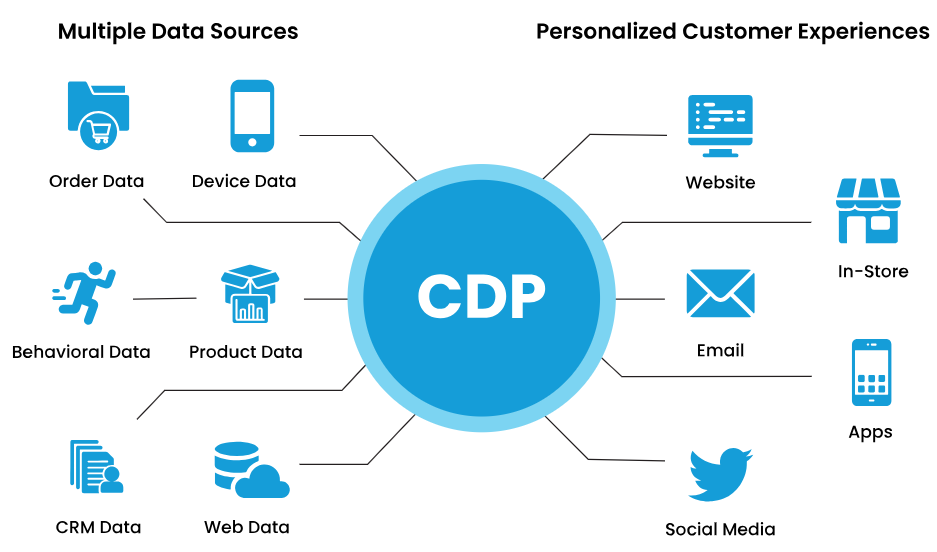
A Customer Data Platform (CDP) is a centralized system designed to collect, organize, and analyze customer data from various touchpoints. It acts as a central hub, unifying customer data from many sources like purchase history, website interactions, and loyalty programs. It cleans, segments, and enriches this data to create a unified customer profile. Unlike traditional systems, CDPs excel in their capability to integrate data from online and offline channels, creating a comprehensive and real-time snapshot of customer interactions.
What is a Customer Relationship Management (CRM)?
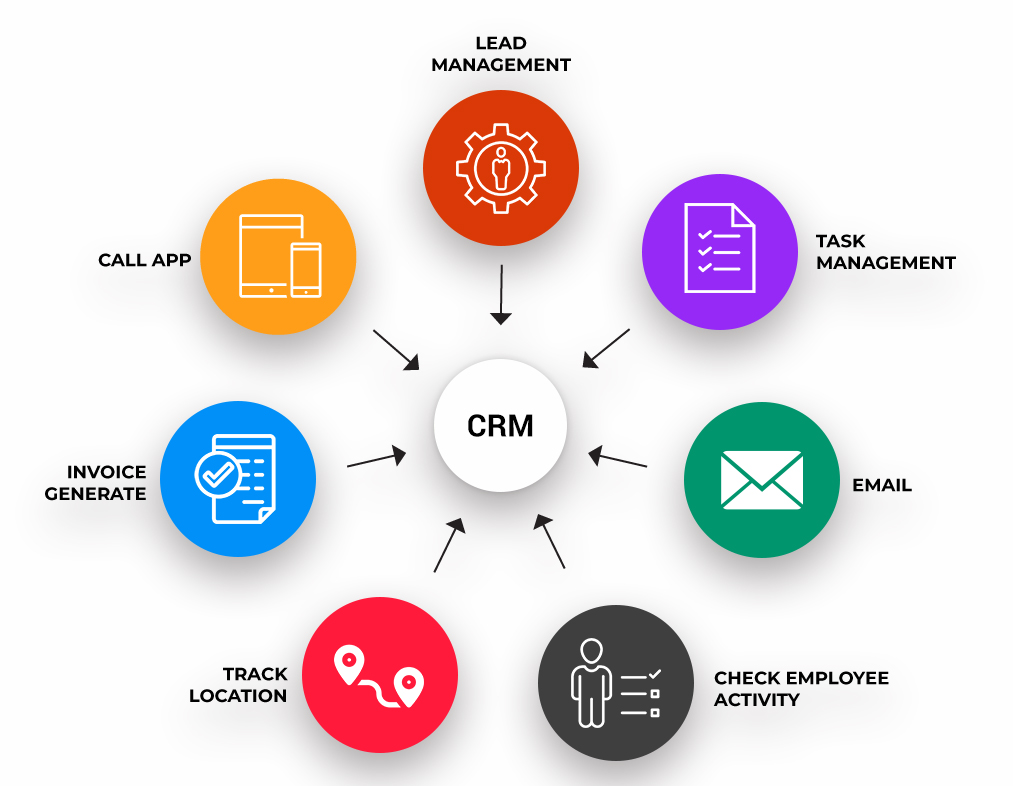
A Customer Relationship Management (CRM) system is a central repository for managing all customer interactions and relationships. It acts like a digital Rolodex, storing customer data such as contact information, purchase history, and communication history. CRMs excel at:
- Tracking customer interactions: Record and manage all customer interactions across various channels, such as email, phone, and social media. This tactic provides a complete picture of the customer journey.
- Boosting customer service: Empower agents with customer context to personalize support and efficiently resolve inquiries.
- Managing sales pipelines: Track leads, opportunities, and deals throughout the sales process, allowing you to identify and nurture potential customers.
- Building stronger relationships: Foster customer loyalty through targeted marketing campaigns and personalized experiences based on their preferences and purchase history.
Imagine a furniture retailer using a CRM. When a customer inquires about a specific couch via email, the sales representative can access his past purchases and identify their preferred style. The representative can then recommend complementary items like coffee tables or rugs, creating a more relevant and engaging interaction.
CDP vs CRM: What are the differences?

Customer Data Platforms (CDPs) and Customer Relationship Management (CRM) systems are both integral to managing customer information, but they serve distinct roles within a business ecosystem. Comparing and contrasting a CDP vs CRM is crucial for optimizing customer engagement strategies.
Purpose and focus
CRM: CRM systems primarily focus on managing and optimizing interactions with customers. They excel in organizing and tracking customer interactions, managing leads, and enhancing relationships. CRMs are traditionally associated with sales, marketing, and customer service activities.
CDP: CDPs are designed to centralize and unify customer data from various sources, creating a comprehensive and dynamic customer profile. Their primary focus is on collecting and integrating data to provide a holistic view of customer behavior, preferences, and journeys across multiple touchpoints.
Data management
CDP: CDPs specialize in collecting, unifying, and organizing customer data from diverse sources. They create a centralized customer database, capturing both online and offline interactions. CDPs emphasize real-time data processing, ensuring that customer profiles remain up-to-date and comprehensive.
CRM: CRM systems primarily focus on managing customer interactions and relationships. They excel in storing customer information, communication history, and transaction details. While CRMs offer valuable insights, they may not always capture data from as many channels as CDPs, and their data might not be as instantly updated.
User access
CDP: CDPs are designed to provide a 360-degree view of the customer. Their user access extends across various departments, allowing marketing, sales, and customer service teams to benefit from a unified understanding of customer behavior. This democratization of data facilitates collaboration and ensures a consistent customer experience.
CRM: CRMs traditionally cater more to specific departmental needs. Sales teams might primarily use CRMs for lead management and deal tracking, whereas marketing teams may leverage them for targeted campaigns. While some CRMs offer cross-functional capabilities, they may not provide the same depth of customer data accessibility as CDPs.
Integration capabilities
CDP: CDPs excel in integrating data from numerous sources, fostering a holistic view of customer interactions. They are built to seamlessly connect with various systems, including eCommerce platforms, social media, and marketing automation tools. This integration versatility ensures a comprehensive understanding of the customer journey.
CRM: CRMs are often integrated with sales and marketing tools but might have limitations when it comes to incorporating data from diverse channels. While some CRM systems offer integrations, they may require additional customization to achieve the level of data diversity and real-time updates provided by CDPs.
CDP vs CRM: CDP advantages for retailers

Customer Data Platforms (CDPs) offer retailers a myriad of benefits, revolutionizing the way they engage with and understand their customers. Here are the key advantages that CDPs bring to the retail landscape:
Personalized marketing
CDPs empower retailers to deliver highly targeted and personalized marketing campaigns. By consolidating data from various touchpoints, including online and offline interactions, CDPs create a unified customer profile. Retailers can leverage this comprehensive view to tailor marketing messages based on individual preferences, behaviors, and purchase history, resulting in more relevant and impactful communication.
Real-time customer insights
One of the primary strengths of CDPs lies in their ability to process and update data in real-time. This dynamic feature ensures that retailers have access to the most current customer information. Retailers can gain instant insights into customer behaviors, preferences, and trends, allowing for agile decision-making and the ability to respond promptly to changing market dynamics.
Seamless integration with marketing tools
CDPs are designed to seamlessly integrate with a variety of marketing tools and platforms. Whether it’s marketing automation systems, email marketing tools, or social media platforms, CDPs facilitate smooth data flow. This integration streamlines marketing processes, enhances campaign efficiency, and ensures that customer data is consistently utilized across various channels.
Unified customer view
By consolidating data from disparate sources, CDPs create a unified customer view. This holistic perspective enables retailers to understand the complete customer journey, from initial interactions to post-purchase behaviors. A unified customer view fosters a more coherent and consistent customer experience across all touchpoints.
Improved customer engagement
With personalized marketing, real-time insights, and unified customer views, CDPs contribute to enhanced customer engagement. Retailers can anticipate customer needs, deliver relevant content, and provide a seamless shopping experience, ultimately fostering stronger customer relationships and increasing loyalty.

CDP vs CRM: CRM advantages for retailers
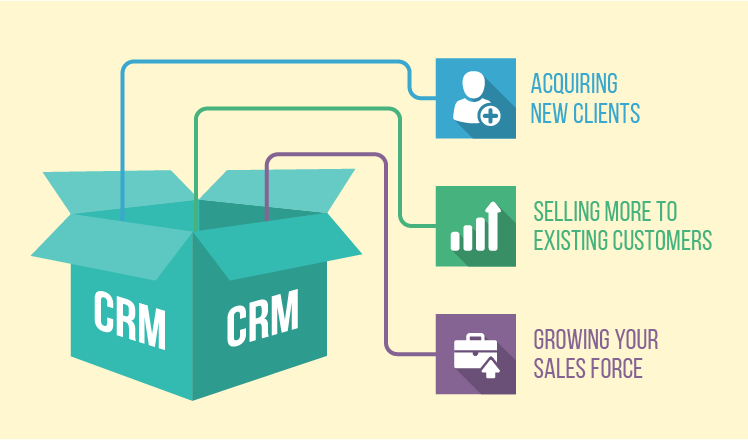
Implementing a Customer Relationship Management (CRM) system offers retailers a host of advantages, transforming the way they manage customer interactions and drive business success. Here are the key benefits of using a CRM system in the retail sector:
Enhanced customer service
CRMs enable retailers to provide superior customer service by consolidating customer information. With a centralized database, customer service teams can access comprehensive details about each customer, including their purchase history and preferences. This leads to more personalized and efficient customer support, addressing queries promptly and fostering a positive customer experience.
Efficient sales tracking
CRM systems streamline sales processes by tracking leads, opportunities, and sales activities in a centralized platform. Sales teams can manage their pipelines more effectively, prioritize leads, and forecast sales with greater accuracy. This heightened visibility into the sales funnel enhances decision-making and helps retailers capitalize on revenue-generating opportunities.
Customer interaction history
With a CRM, retailers gain a detailed history of customer interactions across various touchpoints. This includes communication logs, purchase history, and feedback. Armed with this comprehensive view, retail teams can engage with customers more meaningfully, understanding their needs and preferences. This historical data is invaluable for creating targeted marketing campaigns and fostering long-term customer loyalty.
Improved marketing campaigns
CRMs provide insights into customer behaviors and preferences, enabling retailers to design more targeted and effective marketing campaigns. By segmenting customers based on their purchase history and engagement patterns, retailers can deliver personalized promotions and messages. This targeted approach enhances the impact of marketing efforts, leading to higher conversion rates.
Cross-departmental collaboration
CRM systems facilitate seamless collaboration between different departments, including sales, marketing, and customer service. Teams can share real-time information, ensuring everyone is on the same page regarding customer interactions. This cross-functional collaboration fosters a unified approach to customer engagement, creating a consistent experience throughout the customer journey.
CDP vs CRM: Choosing the right platform for your retail business

Selecting the right platform for your retail business involves careful consideration of your specific needs, data handling requirements, and customer engagement strategies. Here’s a guide to help you navigate the decision-making process between a Customer Data Platform (CDP) and a Customer Relationship Management (CRM) system:
Understand your retail needs
Identify the primary objectives of your retail business. If your focus is on holistic customer data management, real-time insights, and a unified customer view across various channels, a CDP may align better with your needs. Conversely, if your emphasis is on sales, marketing, and customer service processes, a CRM might be more suitable.
Evaluate data handling requirements
Assess the types and sources of data critical for your business. If you require a system that excels in handling diverse and real-time data from online and offline channels, a CDP is well-suited. On the other hand, if your data primarily revolves around customer interactions, sales pipelines, and communication logs, a CRM system might fulfill your requirements.
Consider customer engagement strategies
Examine your customer engagement strategies and the level of personalization you aim to achieve. If personalized marketing, targeted campaigns, and a comprehensive understanding of the customer journey are paramount, a CDP is likely the better choice. If your focus is more on optimizing sales processes, managing leads, and providing efficient customer service, a CRM might be the preferred option.
Assess integration capabilities
Evaluate the existing tools and platforms used in your retail ecosystem. Consider the ease with which a platform integrates with your current systems. CDPs are known for their extensive integration capabilities, while CRMs often cater to specific departmental needs. Choose a platform that seamlessly fits into your technology stack and promotes efficient data flow.
Future scalability
Anticipate the future growth of your retail business. Ensure that the chosen platform can scale alongside your evolving needs. Both CDPs and CRMs offer scalability, but understanding the trajectory of your business will help you make a decision that accommodates long-term growth.
ContactPigeon’s powerful retail CDP features
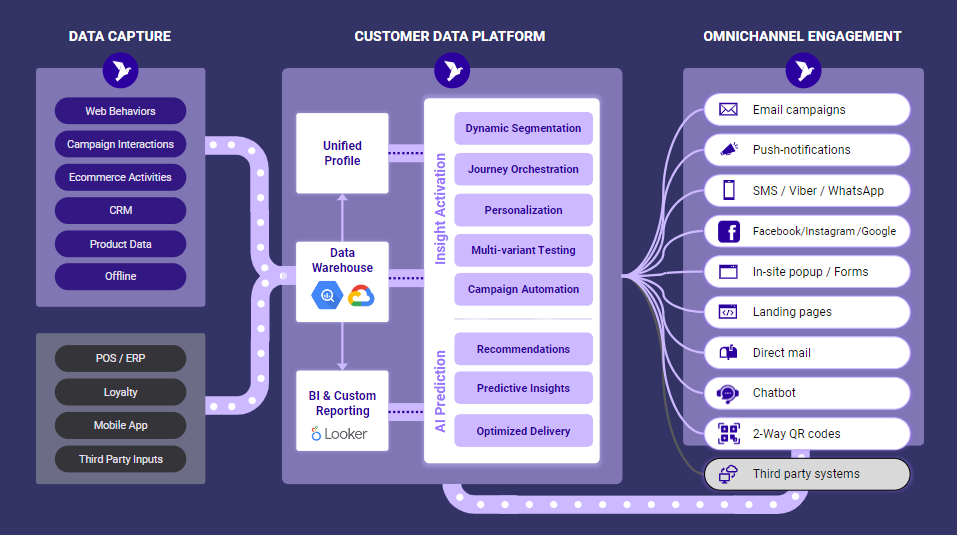
ContactPigeon’s Customer Data Platform excels in seamless integration with various eCommerce platforms, sources, and touchpoints ensuring a unified and up-to-date customer profile. By effortlessly connecting with diverse sources, it provides a holistic view of customer interactions, empowering businesses to create personalized and targeted marketing campaigns. The CDP feature of real-time data processing is a game-changer for eCommerce. It enables businesses to capture and process customer data instantly, ensuring that marketing efforts are not only based on the most current information but also adaptable to changing customer behaviors.
ContactPigeon’s CDP goes beyond data collection, offering advanced analytics tools, pre-made dashboards, alerts, and custom reports. It provides in-depth insights into customer behavior, preferences, and eCommerce trends. This empowers businesses to make data-driven decisions, refine marketing strategies, and implement an omnichannel customer engagement approach.
CDP + CRM: Recap Table
| CDP | CRM | CDP + CRM Capabilities |
|---|---|---|
| Unified customer data from all channels | Managing customer interactions and sales pipelines | 360-degree view of customers, combining known and anonymous data |
| Real-time behavioral data, anonymous profiles | Primarily known/identified customer information | Real-time insights to personalize interactions across all touchpoints |
| Personalized marketing across channels | Detailed sales history and forecasting | Hyper-targeted marketing campaigns |
| Comprehensive customer insights | Efficient communication management | Improved customer lifetime value |
| Improved inventory management | Customer service and support | Streamlined sales and marketing processes |
Both CDP and CRM are a must for a retailer in 2024
Successful retail strategies often require a symbiotic relationship between these platforms. Retailers should carefully assess their specific needs, data handling requirements, and customer engagement strategies to make an informed decision. Whether prioritizing a unified customer view, real-time data processing, or department-specific functionalities, the chosen platform should align with the business’s objectives.
Ultimately, the retail landscape is evolving, and the integration of both CDP and CRM functionalities can provide a comprehensive toolkit for retailers. Recognizing the unique advantages each platform brings to the table is the first step towards leveraging their capabilities effectively. Armed with this understanding, retailers can navigate the complexities of the market, create personalized customer experiences, and build lasting relationships in an ever-changing retail environment.

Let’s Help You Scale Up


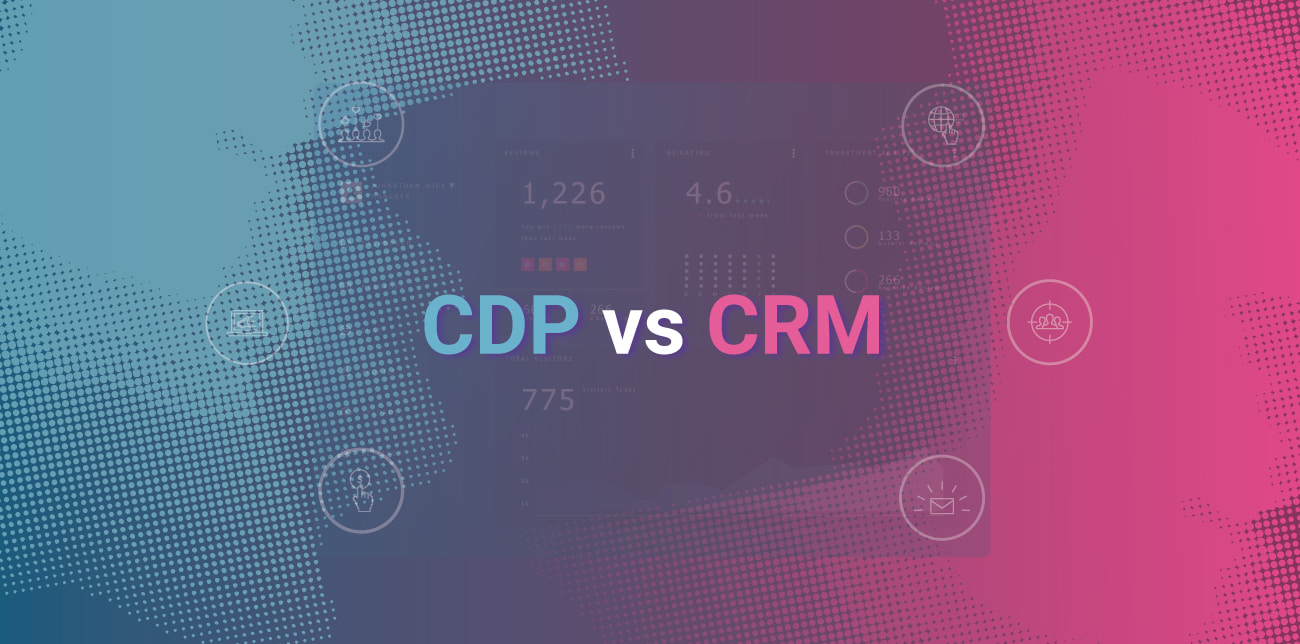

![Benchmarking Growth Strategies of Top Fashion Retailers [Study]](https://blog.contactpigeon.com/wp-content/uploads/2025/11/top-fashion-retailers.jpg)